This discovery was published on November 29th in the journal Nature. According to the findings, the new solar system is actually the HD 110067 star system, consisting of six planets orbiting their parent star. The HD 110067 system is located 100 light-years from us (one light-year is approximately 9.5 trillion kilometers).
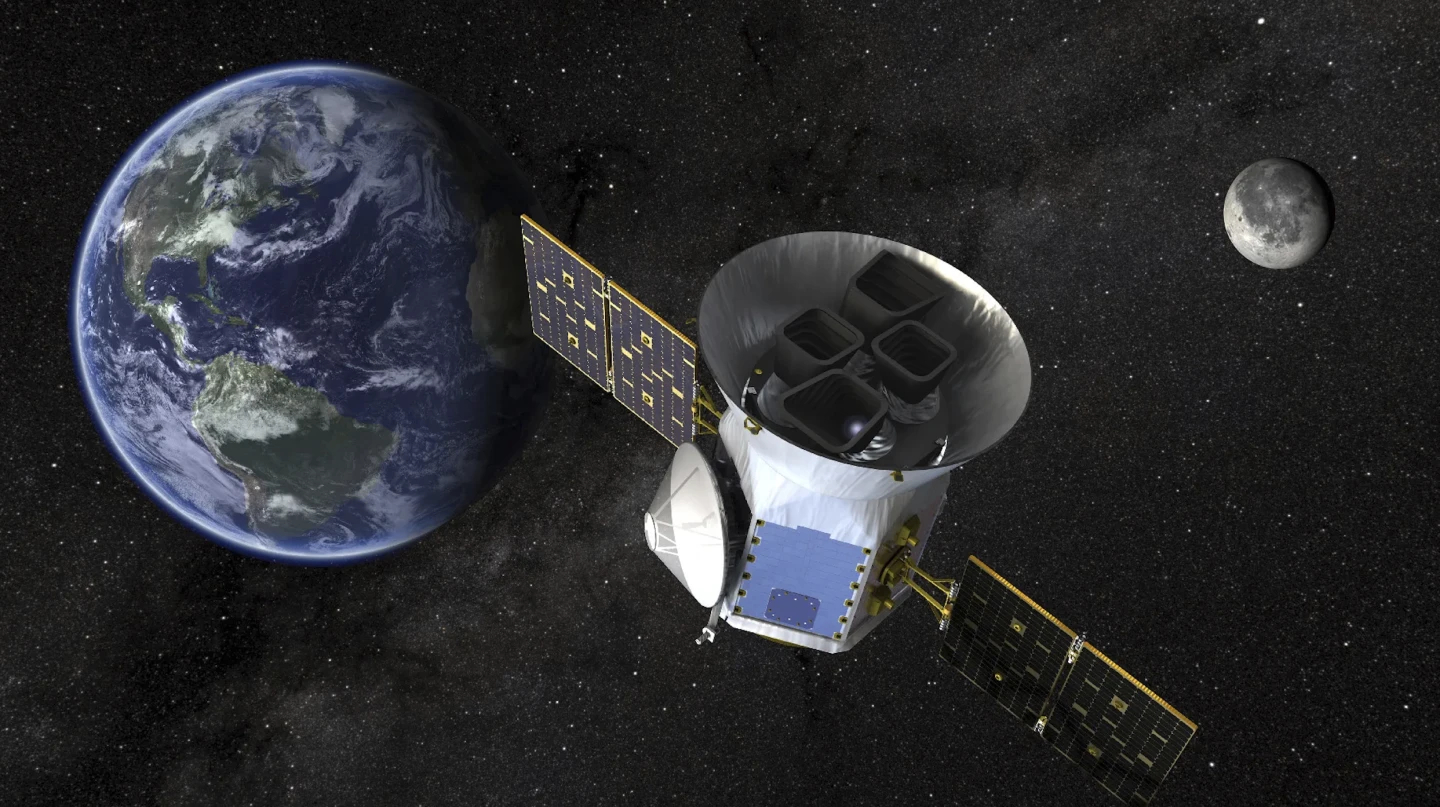
Illustration of NASA's Transiting Exoplanet Survey Satellite (TESS). Photo: NASA
NASA's Transiting Exoplanet Survey Satellite (TESS) and the European Space Agency's Cheops Exoplanet Identification Satellite collaborated to observe this star system.
The results showed that of the six planets, none were in the habitable zone, meaning they were highly unlikely to harbor life. They were about two to three times the size of Earth, with densities similar to those of the gas giants in our solar system (Jupiter, Saturn, Uranus, and Neptune).
The planet closest to its host star completes its orbit in 9.1 Earth days, followed by planets with orbits of 13.6, 20.5, 30.8, 41, and 54.7 degrees respectively, closer than the distance from Venus to the Sun. This makes these six planets extremely hot.
Scientists believe that gas planets have solid cores made of rock, metal, or ice, surrounded by thick layers of hydrogen. However, determining the exact composition of their atmospheres requires more observation time.
Scientists say this solar system is unique because all six planets move like a perfectly synchronized symphony. Technically, it's called "precise, highly ordered" resonance, commented co-author Enric Palle of the Canary Islands Astrophysical Institute.
When the innermost planet completes 3 orbits, its nearest neighbor will complete 2 orbits. The same ratio applies to the second and third closest planets, as well as the third and fourth closest planets.
The two outermost planets complete one orbit in 41 and 54.7 days, respectively, so there are four orbits for every three planets. Meanwhile, the innermost planet completes six orbits at exactly the same time the outermost planet completes one orbit.
According to scientists, all solar systems, including the one containing Earth, are thought to have had the same initial orbit as HD 110067. However, it is estimated that only 1 in 100 solar systems have maintained that orbit, and Earth's solar system is not among them.
“The HF 110067 system is remarkable. The first reason is that all six planets have orbits in resonance with each other, which is very rare. The second is that the star is very bright, the brightest of any star ever discovered with more than four planets orbiting it,” commented co-author Hugh Osborn from the University of Bern (Switzerland).
Hoai Phuong (according to AP)
Source



![[Photo] Closing Ceremony of the 10th Session of the 15th National Assembly](/_next/image?url=https%3A%2F%2Fvphoto.vietnam.vn%2Fthumb%2F1200x675%2Fvietnam%2Fresource%2FIMAGE%2F2025%2F12%2F11%2F1765448959967_image-1437-jpg.webp&w=3840&q=75)



![[Photo] Prime Minister Pham Minh Chinh holds a phone call with the CEO of Russia's Rosatom Corporation.](/_next/image?url=https%3A%2F%2Fvphoto.vietnam.vn%2Fthumb%2F1200x675%2Fvietnam%2Fresource%2FIMAGE%2F2025%2F12%2F11%2F1765464552365_dsc-5295-jpg.webp&w=3840&q=75)
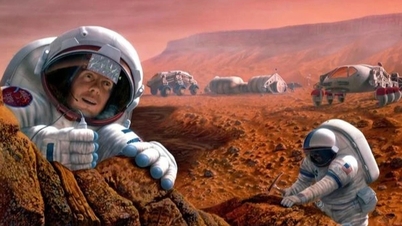


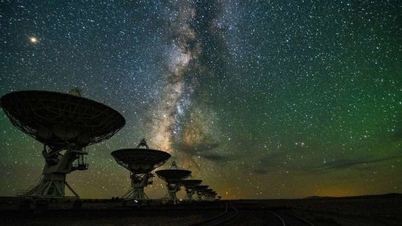



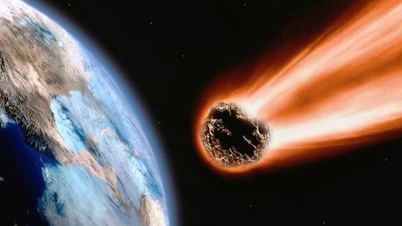































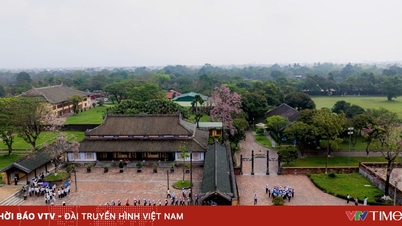






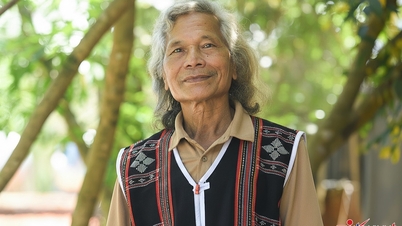



![[OFFICIAL] MISA GROUP ANNOUNCES ITS PIONEERING BRAND POSITIONING IN BUILDING AGENTIC AI FOR BUSINESSES, HOUSEHOLDS, AND THE GOVERNMENT](https://vphoto.vietnam.vn/thumb/402x226/vietnam/resource/IMAGE/2025/12/11/1765444754256_agentic-ai_postfb-scaled.png)







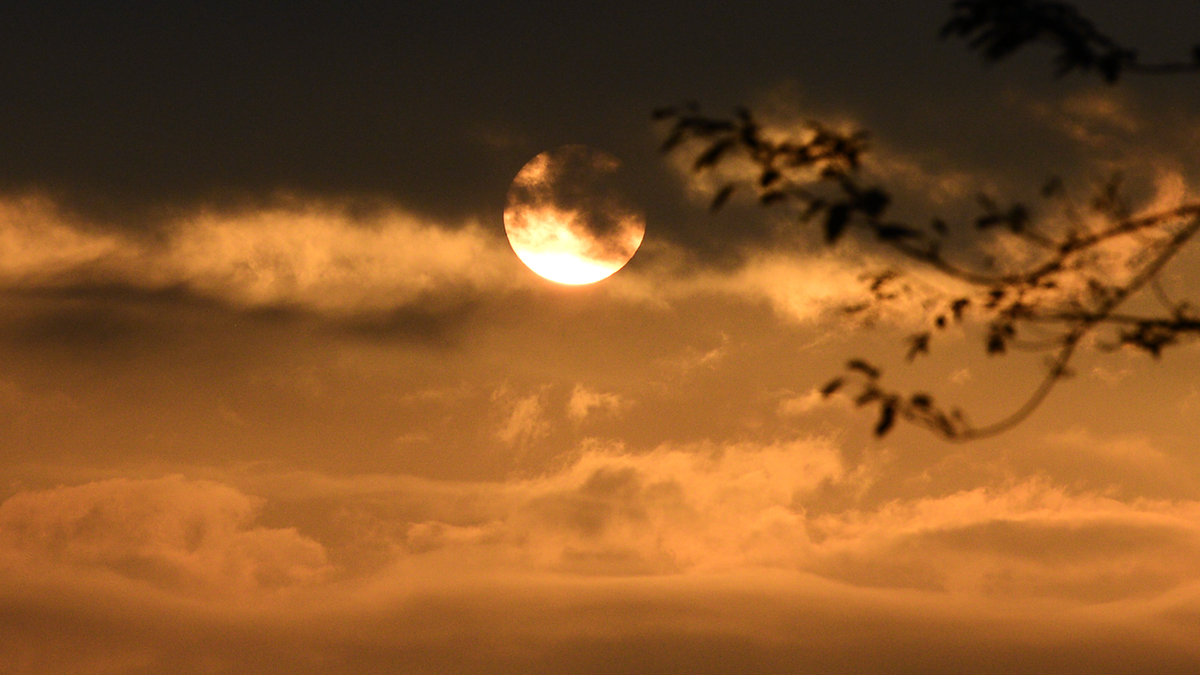




























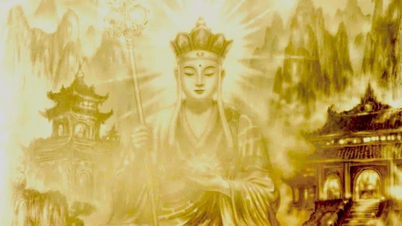















Comment (0)